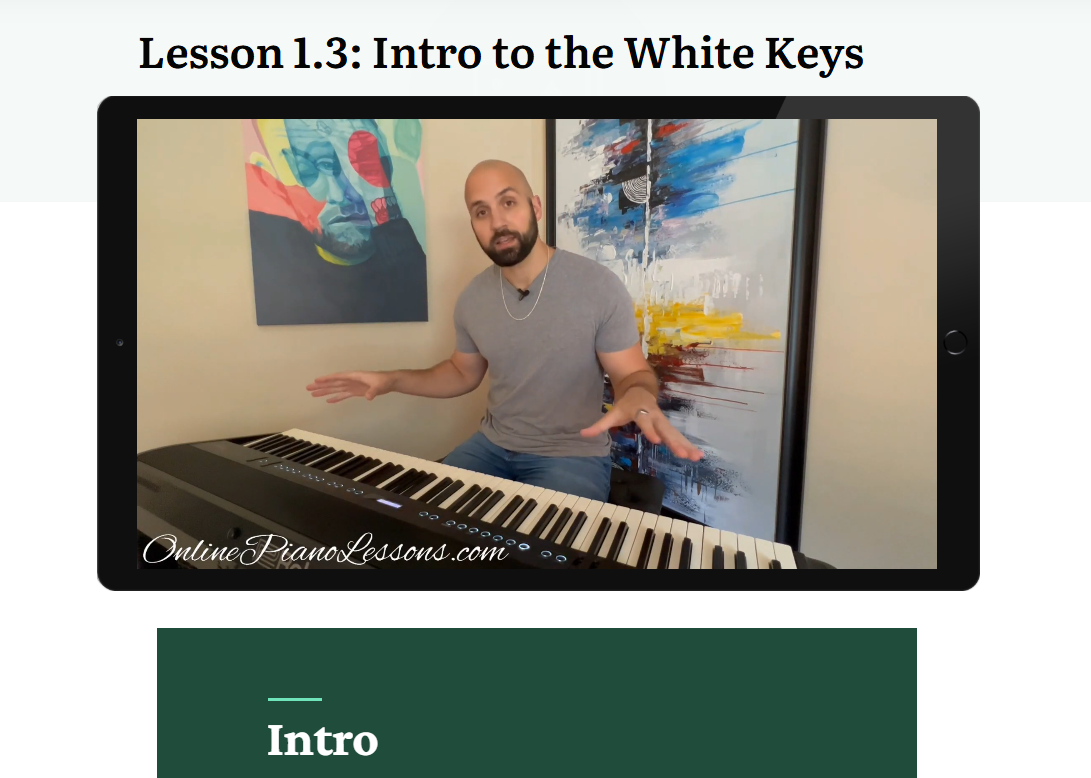Sad chord progressions are the secret sauce behind countless emotional songs. They’re built from minor keys, carefully chosen intervals, and voice leading that tugs at the heart. This guide gives you ten beginner-friendly sad chord progressions, explains why they sound sad, shows simple voicings for piano and guitar, and offers practice tips so you can start using them in songs, ballads, and film-like pieces right away.
Throughout this guide you’ll see the phrase sad chord progressions used naturally — I’ll show you how to play them, how to vary them, and how to make them feel personal.
How Minor Keys Create Sadness
Minor keys sound sadder than major keys because of the lowered third (and often lowered sixth and seventh). That small alteration in the scale changes the whole emotional color. When you combine certain chords—like i (minor), VI (major), and iv (minor)—and use smooth voice leading, you get progressions that feel melancholic, reflective, or bittersweet. Many of the sad chord progressions below use those ingredients: minor tonic, flattened scale degrees, and stepwise bass motion.
How To Use These Progressions (Beginner Tips)
- Start slowly. Play each chord as a block (root–3rd–5th) before trying arpeggios.
- Count and breathe: feel the phrases in groups of 4 or 8 bars.
- Use dynamics — play softer on the i chord and grow subtly on the VI or V to create tension and release.
- Try arpeggios (broken chords) with simple right-hand patterns: 1–2–3–2 for each chord.
- Experiment with simple melodies over the progression to make it songlike.
These sad chord progressions are written in roman numerals so you can use them in any minor key. I’ll give example chords in A minor for convenience.
10 Sad Chord Progressions (Beginner Friendly)
Progression 1 — i – VI – III – VII (A minor: Am – F – C – G)
This is one of the most accessible sad chord progressions. The minor i gives the melancholy, the VI major adds warm color, the III supplies a lift that’s still minor-key flavored, and the VII creates gentle motion back to i. Play the chords as slow block chords or roll them as arpeggios. This progression works great for singers and simple film cues.
Progression 2 — i – iv – v – i (A minor: Am – Dm – Em – Am)
A classic minor cadence. The iv to v movement makes the phrase feel like a question, and the return to i answers it with quiet finality. Use soft sustain and let the v chord breathe before resolving. For beginners, play full triads with left-hand roots and right-hand chord tones.
Progression 3 — i – VII – VI – VII (A minor: Am – G – F – G)
A loop that creates an aching, cyclical feeling. The descending i → VII → VI motion sounds like an emotional descent, while the VII lifts slightly to avoid total despair, making it perfect for reflective verses or post-chorus beds.
Progression 4 — i – III – VII – iv (A minor: Am – C – G – Dm)
Mixing the III major with the iv minor offers bittersweet contrast. The III feels unexpectedly hopeful within the minor context, and the iv brings you back to a more somber space. Try sustaining the third of the Am (C) to highlight the overlap into C major.
Progression 5 — i – bVI – bIII – iv (A minor: Am – F – C – Dm)
A close sibling to Progression 1, but with the iv replacing VII; it leans more classical and contemplative. This progression supports slow, lyrical melodies and is forgiving for beginner pianists because of shared tones between chords.
Progression 6 — i – v/ i – VI – i (A minor: Am – Em – F – Am)
Here the v chord (minor v in natural minor) precedes a bright VI, then resolves home. The minor v gives less finality than a major V, so the progression feels unresolved in a wistful, tender way. Use arpeggios to emphasize the unresolved quality of the Em.
Progression 7 — i – iv – bVII – III (A minor: Am – Dm – G – C)
This progression introduces modal interchange color with a bVII before the III. It’s widely used in modern ballads and indie songs for its mix of melancholy and pop friendliness. Keep the left hand simple; let the right hand add small melodic fills.
Progression 8 — i – VI – iv – V (A minor: Am – F – Dm – E)
Adding a major V (E major here) introduces a stronger pull back to the minor tonic, which can create a dramatic resolution. This is excellent for climactic moments where you want the sadness to feel resolved or decisive. Beginners should take care with the V: play it slightly louder and then release.
Progression 9 — i – bVII – bVI – v (A minor: Am – G – F – Em)
A descending bass line gives a sense of inevitability. The stepwise descent Am → G → F sets a mournful mood, and the Em as v keeps the progression from sounding final. It’s very singable and ideal for melancholic pop/folk songs.
Progression 10 — i – iv – i6 – V (A minor: Am – Dm – Am/C – E)
This one uses an inversion (i6 = Am/C) to create a smooth bass line (A → D → C → E), which is powerful for emotional storytelling. The moving bass and the major V create tension and tenderness simultaneously. Beginners: use simple fingerings and focus on the bass motion.
Voicings, Inversions, And Rhythms To Try
- Use first inversion (1–3–5 with the 3rd in the bass) to smooth transitions: e.g., F/A between Am and F.
- Spread the chord: left hand root + right-hand 3rd and 5th to create balance.
- Try a simple arpeggio pattern: LH plays the root on beat 1, RH rolls 1–3–5–3 across four beats.
- Add a suspended 2 (sus2) or added9 to taste for modern emotional color (e.g., Am(add9): A–C–E–B).
These small changes make these sad chord progressions sound richer without adding technical difficulty.
Simple Melody Ideas Over The Progressions
- Use stepwise motion (moving by seconds) centered around the minor pentatonic or natural minor scale for a plaintive melody.
- Keep most melody notes on chord tones (1, 3, 5) on strong beats and use passing tones on weak beats.
- Sing or hum over the progression to find phrasing; vocal-like melodies often increase emotional impact.
FAQ
What makes a progression “sad”?
Progressions built on a minor tonic, with lowered scale degrees (minor 3rd, minor 6th), and smooth descending voice leading tend to sound sad.
Can I use these progressions in any key?
Yes. The roman numerals allow transposition to any minor key: i in D minor is Dm, etc.
Are these progressions good for beginners?
Yes. They use basic triads and simple inversions suitable for early intermediate players.
Should I always use minor v instead of major V?
Not always. Minor v is gentler and more ambiguous; a major V brings stronger resolution. Both are useful depending on the emotional goal.
How do I avoid sounding cliché?
Add simple variations: change rhythms, add a 9th or sus2, invert chords, or write a small countermelody.





 Hi, I'm Thomas, Pianist Composer,
Hi, I'm Thomas, Pianist Composer,  I love playing piano, creating new melodies and songs, and further developing my online piano course and making updates/additions to my site OnlinePianoLessons.com!
I love playing piano, creating new melodies and songs, and further developing my online piano course and making updates/additions to my site OnlinePianoLessons.com!  Now that is what I call fun!
Now that is what I call fun!





